|
Note: Matt's Point's guest contributor is Chad Campbell.
This summer marked the fifth anniversary of IJP Tennis, and this fall, we'll celebrate our first year running our own program (if you haven't heard the story of IJP Tennis yet, Elana wrote about it here). With these milestones to observe, and some other exciting news to share, the time was right for me to make an appearance on Matt's Point. As most of the IJP Tennis families know, my daughters, Niamh and Zara, are heavily involved in the programs: Orange Ball group, Green/Yellow Ball group, match play days, etc. Aside from an occasional few minutes out on the court, our son, Euan, hasn't really been involved in tennis. Euan is on the autism spectrum, and until last year, we hadn't found the right formula for getting a racquet in his hands. We were introduced to a nonprofit in Los Angeles called ACEing Autism, which was founded by Richard Spurling (a former teaching pro) and his wife, Dr. Shafali Jeste (an autism researcher). ACEing Autism operates internationally, running tennis lessons with a specialized curriculum for children on the spectrum. I met with Richard at the USTA Pro Circuit event in Fountain Hills, and we discussed launching an ACEing Autism program here in Phoenix. After several months of planning, we have our start date: October 14th. We are working on some exciting activities related to our inaugural session of ACEing Autism, and we'd love it if you join us in whatever way you can. We have created an ACEing Autism page on our website that covers everything we are doing, but here is a summary:
Sincerely, Chad
0 Comments
The Fourth of July break roughly marked the halfway point for our first summer of IJP Tennis, and it has been an amazing summer thus far. I wanted to use the occasion to let you know how things are going. Summertime is a great opportunity for budding tennis stars to make their biggest improvements of the year. There are no day-to-day stresses associated with school or homework, and tennis is a welcome relief from the "I'm bored" syndrome! Summer provides the opportunity to increase time on court, resulting in more balls hit, leading to greater volume of stroke repetition for accelerated improvements. In Arizona, however, we can only get so many hours on court during the summer. It gets unbelievably hot here! With temperatures exceeding 110 degrees, and extremely low humidity, it can get dangerous. Safety is critical: sunscreen, hats, hydration, frequent breaks, and shade. Our summertime schedule was built around the Arizona heat and the belief that we can achieve quality practices during the "cool" periods of the day. I have been so pleased with all of our players this summer. I have seen some awesome improvements. Our younger players have been developing hitting patterns and complex spin serves, and our Green and Yellow ballers, who have been grinding away in the mornings to beat the heat, have been working on an array of tough exercises involving complex footwork and movement patterns. As always, if you have any questions or comments, please feel free to contact me. Enjoy Wimbledon! Note: Given that yesterday was Mother's Day, we thought that this week's post required a mother's touch. Matt's Point's guest contributor is Elana Campbell. For those who don't know me or haven't met me yet, I am Elana Campbell and am a co-founder of IJP Tennis. I am British, and grew up in a town just outside of Manchester (coincidentally, in the town where the infamous Fred Perry was born). I'm also mummy to Niamh, Zara, and Euan. This week, I'm writing as a guest contributor from the perspective of both a mother and a founder of a tennis program. For my friends who knew me back in my school days, the mere thought of me being associated with a company related to sports would have been laughable! But, I've certainly grown an appreciation for sports, and especially tennis, over the last nine years. Rewinding back to 2008, we were living in Chicago. Niamh was 2, and Zara was just an infant. Living in the city, there wasn't much space to run around or play sports, so Niamh and Chad would play baseball, with a plastic bat and soft balls, in the atrium of our apartment complex. Before she turned 3, Niamh was hitting pitched baseballs--pretty good hand-eye coordination! In the autumn of that year, we made the trans-Atlantic move to London, and we found ourselves only a few tube stops from the hallowed "All England Lawn Tennis and Croquet Club" (aka Wimbledon)! With no baseball leagues in the UK, we started Niamh in a park district tennis class. She could really hit the ball...holding the racquet like a baseball bat! The coaches helped rid of her of the baseball technique! Niamh loved tennis, so we kept her playing. We went to Wimbledon and the ATP World Tour Finals, and became bigger fans of the sport. We eventually joined a club that had indoor courts to allow Niamh to play during the winter. That's where we met Matt. Niamh was 4, and we had never heard of the Red/Orange/Green/Yellow (ROGY) progression. Once we saw her play at a Red Ball lesson, we were sold! Matt coached Niamh (with Zara as the ball girl) until we moved back to the US in 2012. On our return to the US, we were shocked at the lack of enthusiasm for the ROGY system. The US makes adaptations for children's baseball, soccer, and football--why not tennis!? Chad and I were quite frustrated and disappointed, but realised that there was a way to ensure that our girls' great start in tennis wouldn't get derailed. We created IJP Tennis, and asked Matt to join us. We started by developing junior programs for tennis clubs, first in Chicago and then in Arizona. Last October, we started "IJP Tennis" as our own operation. That's our history. And in that history, there's something much more important than a chronology of events, and something more than just the sport of tennis. It's about family, community, common interest, support, and an outlet. IJP Tennis was created for our children. We've met some great people through tennis, and have great memories. Also, our son Euan, who is now 6 years old, was diagnosed with autism in 2015. Chad and I realised how important tennis was for both of our girls, as a place for them to escape, to be with friends, and just to whack the ball as hard as they can to release the stresses of living with a special-needs brother. As parents, we're happy that IJP Tennis is there for our girls, and if other families feel only a bit of this happiness, that makes it even better. We hope that, for you, IJP Tennis is what it has been and continues to be for us: tennis and family. The children supporting each other, being honest with the coaches and during tournaments, receiving and giving constructive feedback, making friends, having fun, and becoming the best tennis player possible. As IJP Tennis approaches its 5th anniversary, Chad and I know that the relationship we have built with Matt over the years is about much more than tennis. It's been about setting out to achieve something great and being there for each other along the way. That's what we want for all of our tennis players. We want them to become the best tennis players they can be, while looking forward to coming to practice, improving their game, and creating lasting friendships around the love of a sport. As far as Euan, he's not much of a tennis player yet. But, we've got great things planned for him and other children in the autism community. Watch this space! Technique is important in every sport. I'd venture to say it is even more so in tennis. Anyone who picks up a racquet for the first time post-childhood would likely agree, Therefore, teaching technique in this sport is critical. I like to break things down, and teach each portion of stroke production. I've found that being precise with what you are teaching can achieve greater improvements.
If you took the top 10 male and 10 female players in the world, and filmed them hitting a forehand, would they all be the same? Absolutely not! There are core elements that exist for all players, but each has his or her own distinct positions, angles, or movements. It's like a unique signature, on the tennis court. These nuances are influenced by physical capabilities, style of play, and coaching. If you've seen one forehand...you've seen one forehand. This leads me to ask: Why do coaches try to teach the same forehand to every player? Over my coaching career, I have learnt how to break down a stroke to help the player. I teach four basic components to hitting a forehand: (1) preparation or take-back of the racquet, (2) dropping the racquet head into position to allow a top spin or flat shot, (3) the contact point or strike zone, and (4) the follow through--what happens to the racquet after contact. If you can break down each stroke into these core elements, it allows the player to focus on one thing at a time. It's easy to tell the player what to adjust after each stroke, but what are you really working on? What's the priority? "You need to load that right leg, change the racquet angle on your set-up, contact the ball further out, and relax your wrist through the contact point." Huh?! When I work technique with a player, I might just work on the set-up of the forehand for the lesson, talking about the adjustments needed for a high ball, rally ball, low ball, and transition ball. The player can focus on this one aspect and carry it into the next hitting session. Teaching technique is...technical. This very focused instruction can become muddled if the scope is too broad. As technical as I get in my lessons, please be unafraid to ask detailed questions to your children. Next time you ask your child what they worked on in class, try to get more specifics about the practice. I hope your conversations go something like this:
Thanks for reading. Have a sensational week out there. From a spectator's view, tennis seems such a simple sport: Ball comes to you; hit it over the net. From the sidelines, it's easy to misunderstand—or question—what's happening on the court. Why didn't Johnny hit the ball in? How could Sarah miss that seemingly easy shot? Why couldn't Max move faster to get to that ball? My kid is far better than that other player, so why did she lose? It's really easy to coach for what has just happened. But, hindsight is what sports commentators get paid to do. Not coaches.
Contrary to what it seems, tennis is quite a complex sport. Technically, you have to learn a variety of shots, each with a number of nuances, such as spins. After that, you have to learn how to position shots (direction and distance), manage the pace, and control movement (the ball's, your opponent's, and your own) to allow yourself the best opportunity to win points. Then, there's strategy. Generally, what is your game plan to leverage your strengths and expose your opponent's weaknesses? Now, successfully do all of this with a complicated scoring system, in which you could lose the match even if you actually win more points! Given the complexity of the sport, coaches cannot get lost in the Land of Hindsight. If you focus on the fundamentals needed to be successful, the noise created by hindsight is easy to filter out. It's the coach's role to build the biomechanics of all the strokes, teach tactics and match strategy, bolster mental conditioning, and inspire the kids to be the best players they can. So what is the parents' role? I believe the parents have the hardest job. It's not easy to see your child make a mistake or lose a match he or she should have won, and not get caught up in the technical and tactical things. But, if a parent is busy talking tactics and shot errors, who's providing the emotional support for the player? Love and encouragement resonate a lot more than analysis of double faults or missed shots. Everyone has an important role to play in the development of an aspiring player—player, coaches, and parents. Kel and I work hard to handle all of the duties that come with wearing the "coach" hat. When mom and dad wear the "supportive parent" hat, together we can provide all the support a player could need. Finally, when the player embraces his or her role—appreciate the coaching and parental support, work hard, and have fun—we have a winning formula. You never stop learning in this sport. There is always something to correct, change, or improve (Roger Federer even has a coach, right?). I love this sport for all the challenges it brings, both on and off the court. Thanks for reading. Kel and I regularly attend junior tournaments to support our players and check on their progress in competitive matches. We enjoy seeing the kids in action, and talking with the parents, with whom we don't get much time during the week because we are on court with the kids. We get asked lots of questions, ranging from how many times a week should a child play, to what is the best racquet for a junior player, and why are we such big fans of the Red/Orange/Green/Yellow (ROGY) ball progression.
Since Kel and I started coaching (nearly 20 years ago!), the approach to teaching young tennis players has changed. The systematic use of the ROGY Balls, and the developmental steps represented by each color, allows coaches to build the fundamental skills needed to take a player to the highest level possible. Using smaller courts, softer balls, and racquets designed for the size and strength of young players, you can successfully introduce kids to the sport at a younger age, and continuously adapt the game as they grow, physically and skills-wise. In addition to appropriate equipment, the structure of training needs to be tailored for children. Long lines with kids waiting 2-3 minutes to hit one ball? It doesn't work. Practice needs to have a purpose and a fitting structure. We work to have the kids constantly moving and interacting with each other. We also strive to make it fun: playing games, rallying, and target practice for ground strokes and serves. Why are we such big fans of the ROGY progression? Simply, it is the best way to develop tennis players. It allows kids to start tennis (successfully) at a younger age—an 6-year-old kid should not be hitting from the 72-foot baseline with a Yellow Ball! It also establishes milestones of development, ensuring the fundamental skills are learned before moving on. And while it may seem counter-intuitive (and is often unpopular for those know don't understand ROGY), it encourages a child to move through the stages more methodically, which allows skills to be acquired more rapidly. Hitting from the 72-foot baseline at a young age is NOT an accomplishment—it doesn't mean the child is more advanced! Using the right grips, with the best swing shape, and good biomechanics, on a smaller court, with a slower ball will allow your child to become a far more complete tennis player in the long term. I can categorically say that the best players I have developed have purposely taken their time through every phase of the ROGY progression. Don't sprint ahead, as you'll only get overtaken in the end! Thanks for reading, and thanks for your support. For the first time in about a decade, I entered my first competitive tournament this month. I've regularly competed in leagues over this time, but participating in a knock-out tournament is a completely different experience.
When I was growing up, playing tournaments was always nerve-racking for me. I would battle nervousness and fought hard to trust in my game. Fast forward to this month's tournament, after roughly 30 years of playing and coaching experience, and I realized how much I have developed, not only with my technique, but most importantly with my mental approach. I lost to a young up-and-coming junior. He was good, for sure, but I never felt down in the match. I fought right to the end, believing with each point that I could turn the match around. It wasn't to be. Walking off the court was definitely emotional for me. But it wasn't the negative emotions I felt as a kid; rather than feeling down or mad that I didn't play my best, I was able to enjoy the experience and I felt very satisfied with my effort and performance. Why did I do this, you may ask. My players feel these emotions every time they play in tournaments. For my 7-12 year olds, who regularly play in tournaments, I want to instill the lessons I've learnt from my playing experience to them. There is nothing more pleasing than watching young juniors whom I've been working with compete right to the end, even if they lose. It's those fighting qualities, that determination, that will carry them off the court, back onto the practice court, and into their next tournaments. Tennis is a physically-demanding sport, but it's the mental side of the game that will take you to the highest level. With that in mind, we spent last week preparing our kids for a tournament this past weekend. Our focus was not so much on forehands and backhands, but rather the mental approach they have entering the tournament and the right attitude to carry them through the tournament. The best way for our juniors to achieve the goals they set for themselves is to believe and stay positive (and work their tails off!). Our 11 players did extremely well in the tournament. They improved physically and mentally. Both Kel and I are so proud...or dare I say, emotional! While we are making our way through, what I am told is, a cold and wet Arizona winter, it is a warm and sunny (at times, at least) in my hometown of Melbourne, Australia. I grew up in Melbourne, where they hold the first grand slam tournament every year. I learnt so much watching the matches at Melbourne Park. I would watch the likes of Sampras, Agassi, Rafter, and Moya play, and then go back to my courts and try and emulate their strokes.
Now as a coach, I still watch lots of matches, and learn a ton. The only difference is that the tournaments are for children, and the learning is from both the good and the bad that I see from the junior players. This allows me to go back to the coaching court and work on these areas with our players. The current area of focus for our players is being more aggressive! How do you be more aggressive? Is it just a matter of swinging the racquet faster? While increased pace can certainly be aggressive, it is not the only way. If power or velocity is the answer for a particular shot, our philosophy is that it starts with the feet. A more explosive first step to the ball gives a player more time. Planting the feet and loading through the legs allows greater force to be generated from the ground up. These are the fundamental ways a player can be more aggressive. Another consistent takeaway from junior tournaments is serving. The service motion is rooted in a throwing motion. If your child aims to be a competitive player, I would highly recommend just throwing a ball...a lot. And any ball will do: tennis ball, baseball, American football. Okay, maybe not a rugby ball or Australian Rules football! This simple development step will do wonders to address the common weakness I see at tournaments. I hope you enjoyed watching the great spectacle tennis provided over the last fortnight in Melbourne. It is always great entertainment, and great education. My family back in Melbourne attended several of the matches. I posted some of their photos below. As always, if you have any questions or comments, please feel free to contact me. We are pleased to announce the commencement of our Red Ball class. We held our first session on Saturday at 9:00 am, and it will be a regular part of our program going forward. The Red Ball class is a fantastic way to introduce young kids to the sport. The skills taught during this development stage are often overlooked, and it's a shame. Building a player's hand-eye coordination, developing spacial awareness, and working on reactions and timing are just some of the areas of focus for our Red Ballers. And be warned, our Red Ball class will look very unorthodox! There will be hula hoops, and balloons, and obstacles! This is entirely by design,..and entirely fun for the kids.
Over the winter break, Kel and I had the opportunity to work with many of the top ranked juniors in America during the USTA Winter Nationals Tournament hosted in Arizona in late December. After working with and watching many of these top players, I realized that while they certainly can hit with power, most had some fundamental issues--issues that should have been addressed when they were younger. As I transitioned back to the young players in our development program, I have become more excited and more dedicate to building fundamentally sound players from the start. Kel and I continuously stress the importance of timing the split step for quick reactions. We also focus on teaching the kids to create space between themselves and the ball. This allows the correct swing path of the racquet. Many players get too close, which affects the swing shape, forces grip changes, and ruins the timing. There is no better time to instill these fundamentals than in Red Ball. Children aged 4-7, using properly-sized racquets, on a court that suits their size and speed, and with a ball that's bigger and softer and slower, is the perfect setting to learn tennis the right way. Red Ball is all about the fundamentals, the presence or absence of which become more and more obvious as the children progress. Finally, we are so proud of all of our kids who played in the Grand Canyon State Winter Games tennis tournament this past weekend. We had 10 kids at the event at Scottsdale Ranch Park. We had boys and girls. from the 10s to the 14s. One of our players was the number 1 seed, while several of our Orange Ballers (and their parents!) were experiencing their first tournament. Of course everyone wants to take home the trophy, but just participating in tournament play is a vital part of development. Some players expect to go deep into the draw. Others are learning the environment or working on specific aspects of their game (including mental strength and attitude) in a match setting. It's all about development--building on those fundamentals learned in Red Ball. As always, if you have any questions or feedback, please feel free to contact me. Happy New Year! We hope you enjoyed your Winter Break as much as we did! With the kids off of school, it was a great opportunity for extra time on court. We ran Orange and Green Ball mini camps nearly every day during the break. The players worked hard, and we had a blast.
Kel has been working with our Orange Ballers, and has the players focusing on ball recognition, split-step timing, the preparation/set-up ("unit turn"), and racquet head speed. Kel has made it a part of his warm-up to have the players use a continental grip—which we consider to be the most important grip in tennis! I have been working with our Green Ballers, and have been having the players start every class as if they were walking onto the court to begin a match. It's easy to call the players onto the court and just start basket-feeding, but it really doesn't prepare players for tournaments. I find the biggest struggle for young junior players is their focus at the start of matches. That's why it's critical to model for the player how to warm up and begin matches with intensity! Both Kel and I take pride in the effort we make to develop our players' serves. In the past few weeks, we have seen some amazing improvements in the players' serves, in each stage of serve development. Kel has been working on wrist control and racquet positioning with the Orange Ballers, while I have been coaching the Green Ballers on developing power for the serve from the ground, up. The power comes from the legs, rather than forcing the serve from the arm, which can lead to serious shoulder injuries. If you couldn’t already tell from watching us on court, it's been an absolute pleasure for me to be working with Kel again. He is a great coach, with great ideas on how develop our players. IJP Tennis is creating an awesome environment, not only for the players, but also for me, by forming a healthy coaching environment, working with someone I trust. On behalf of everyone at IJP Tennis, I wish you all the best in 2017. |
Matt's PointMatt's Point (get it? Match Point!) is Matt's blog covering all the goings-on at IJP Tennis. Archives
April 2023
Categories |

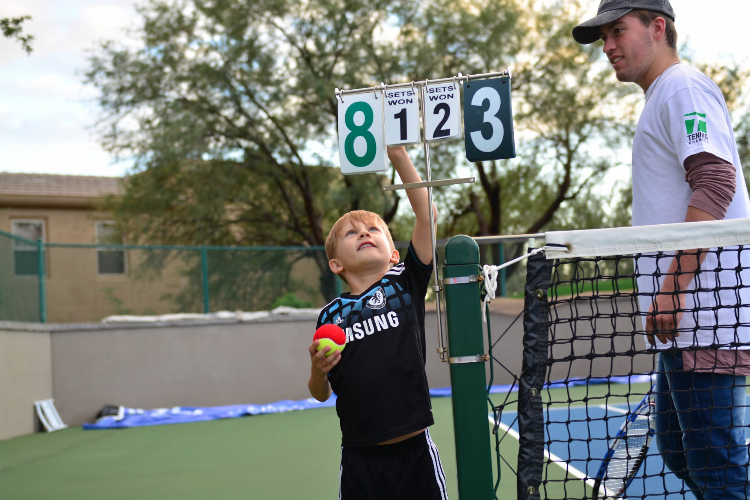
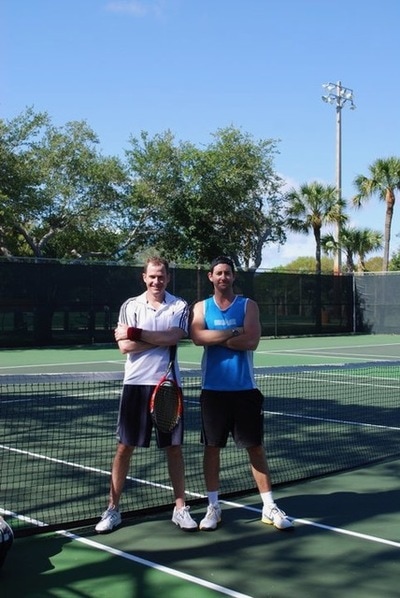
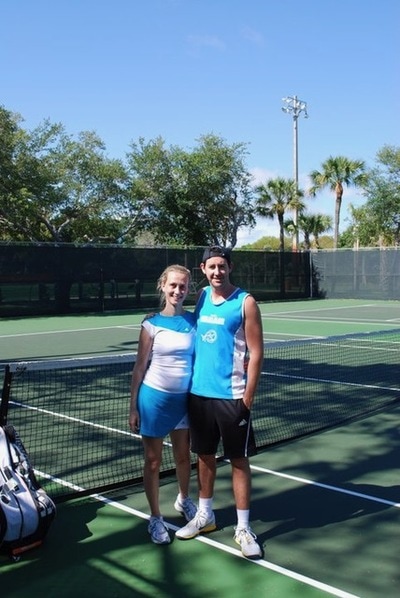
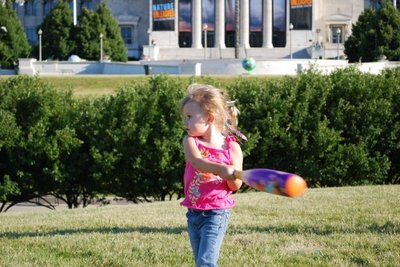
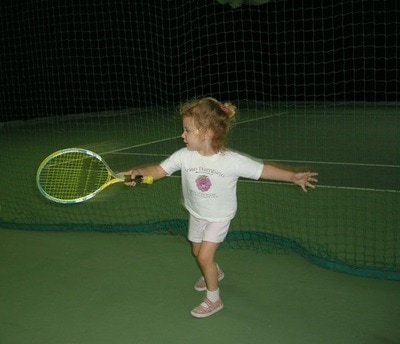
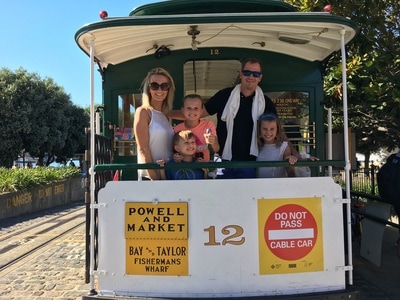
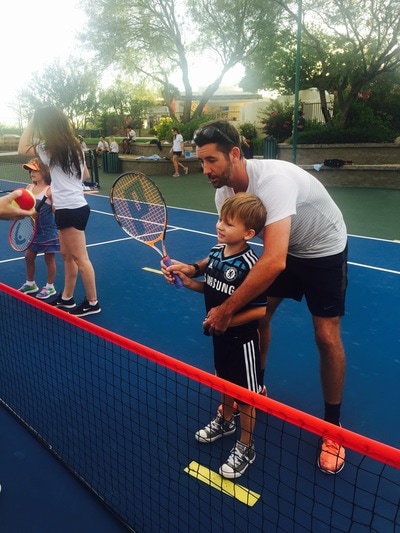
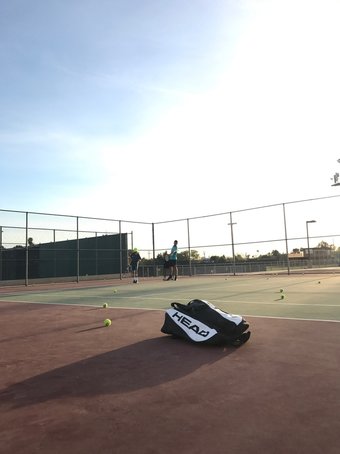
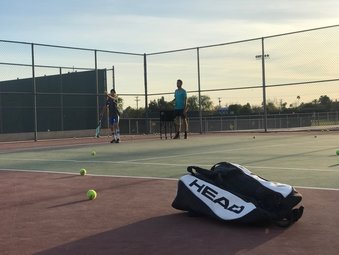
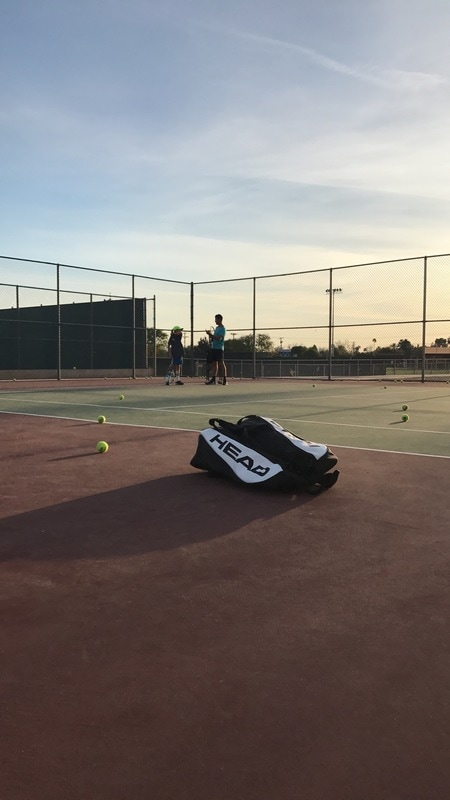
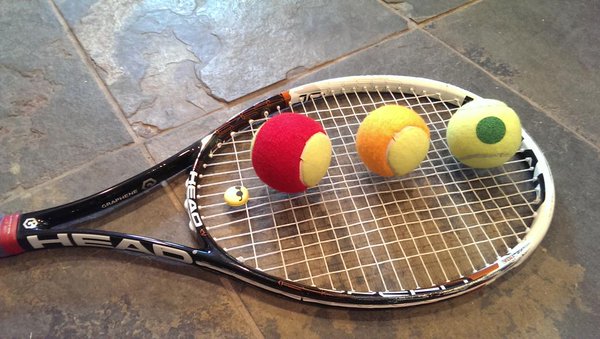
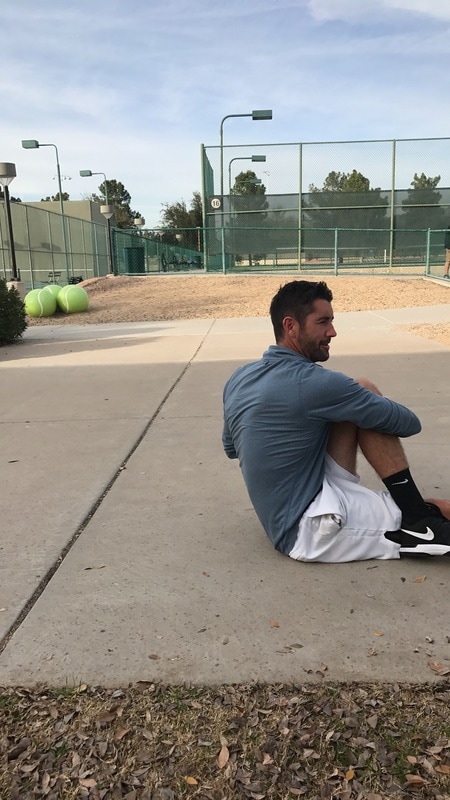
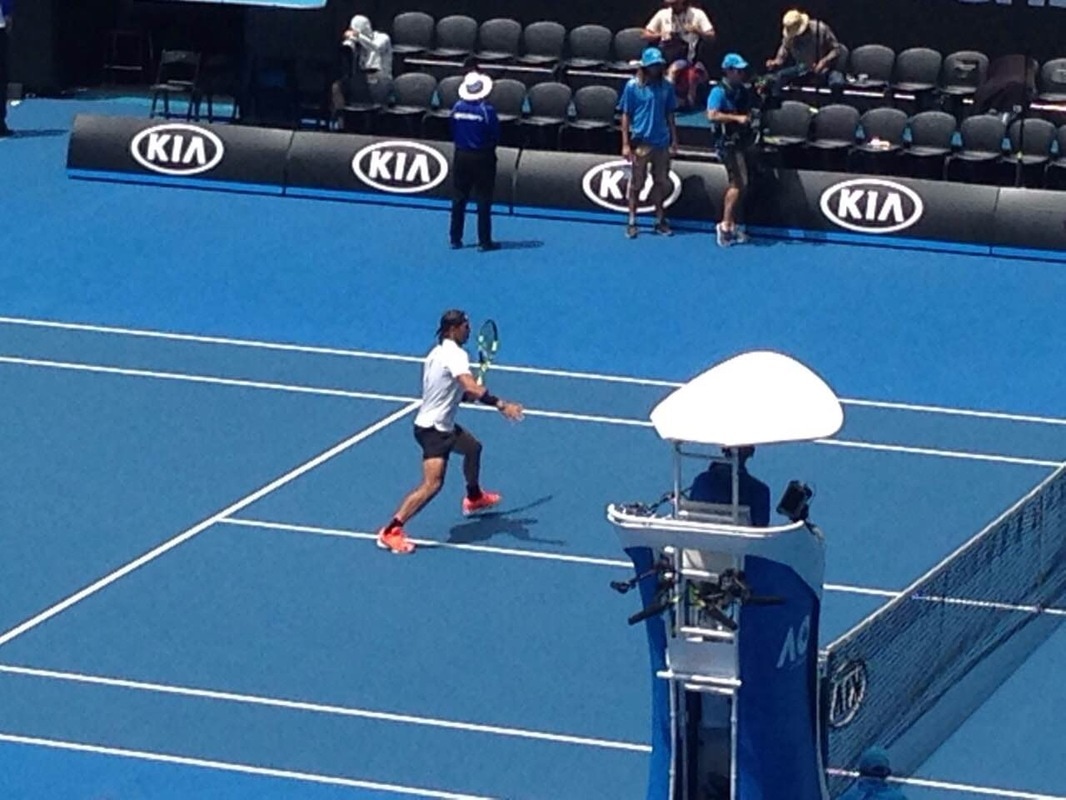
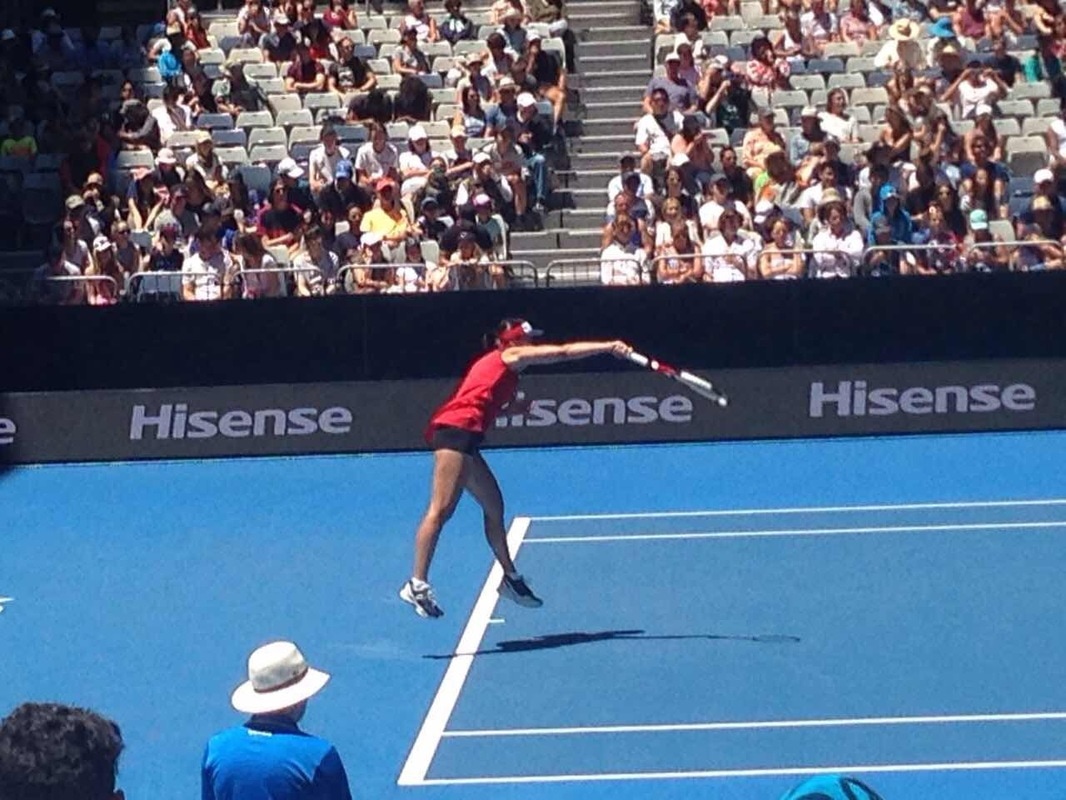
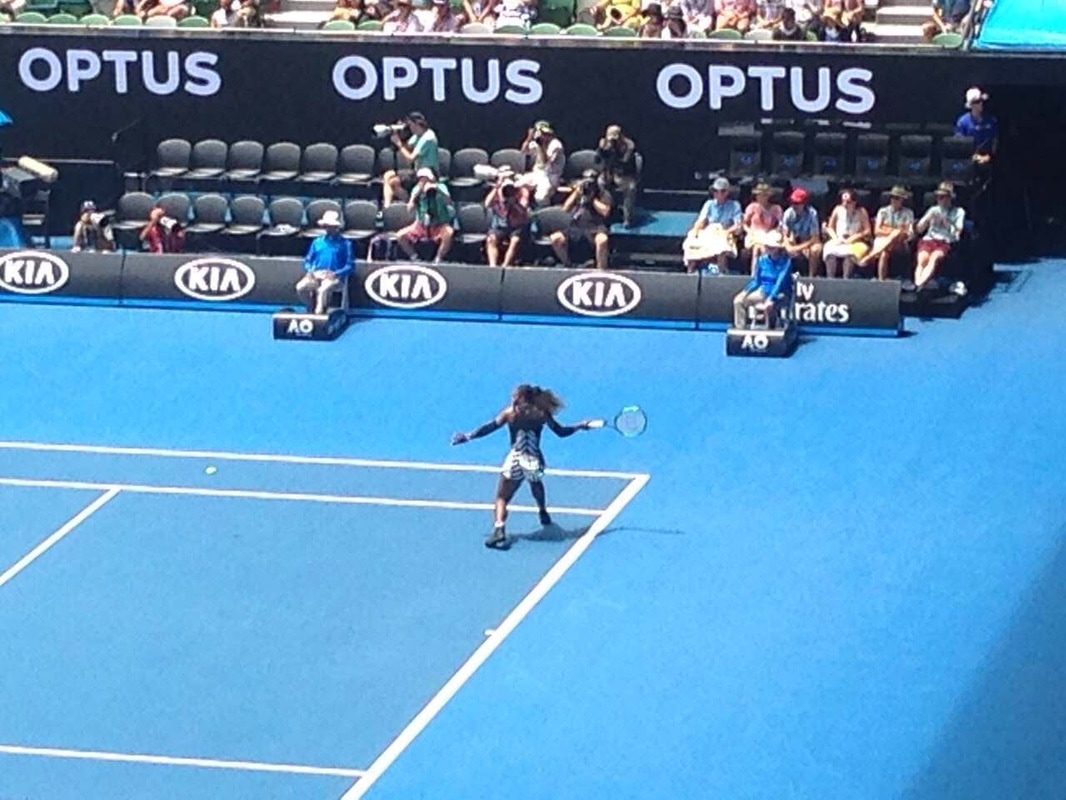
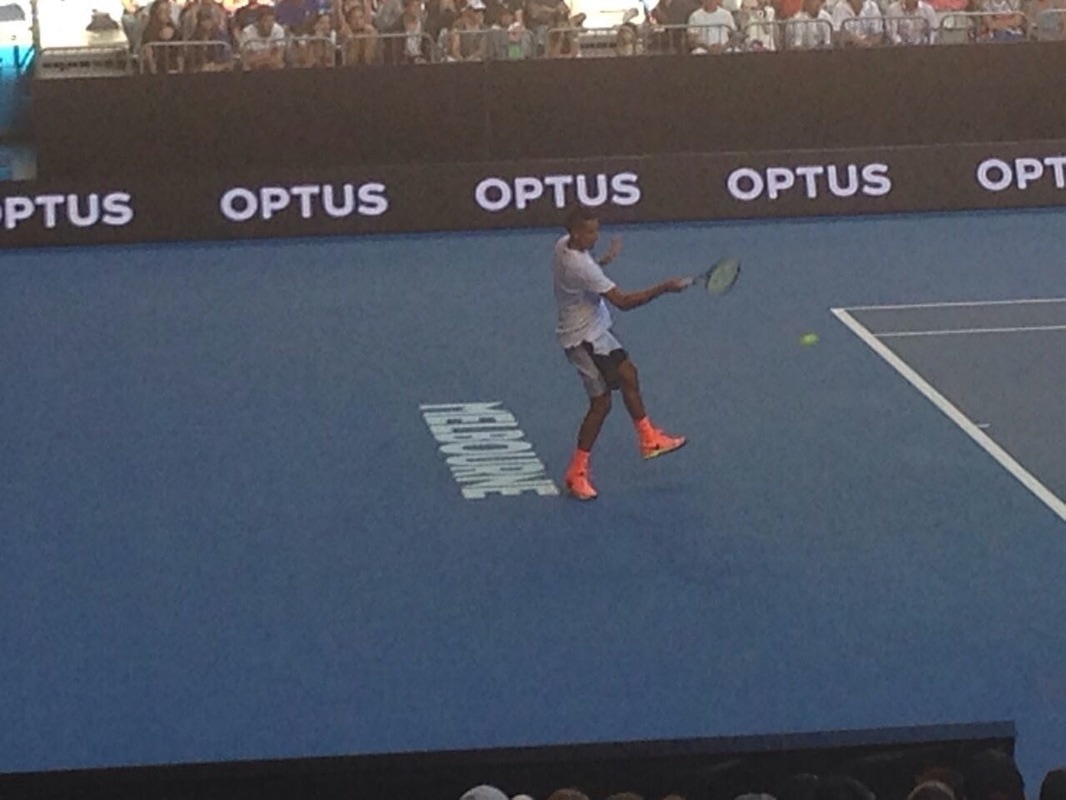
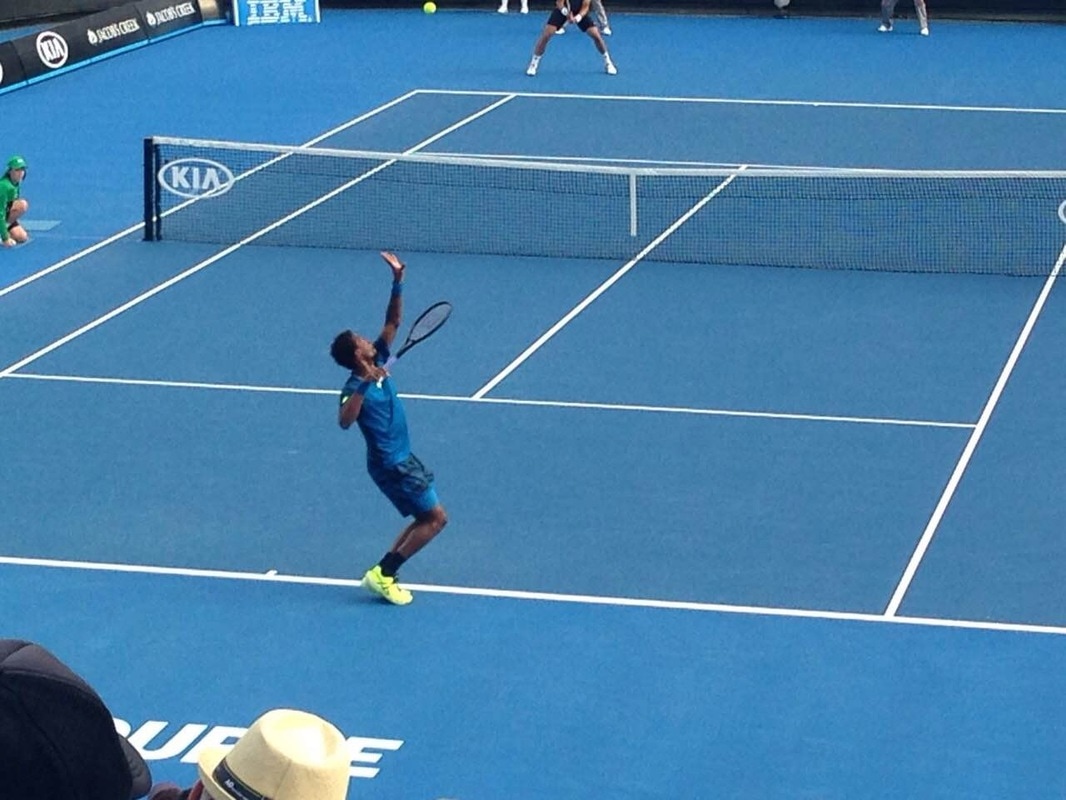
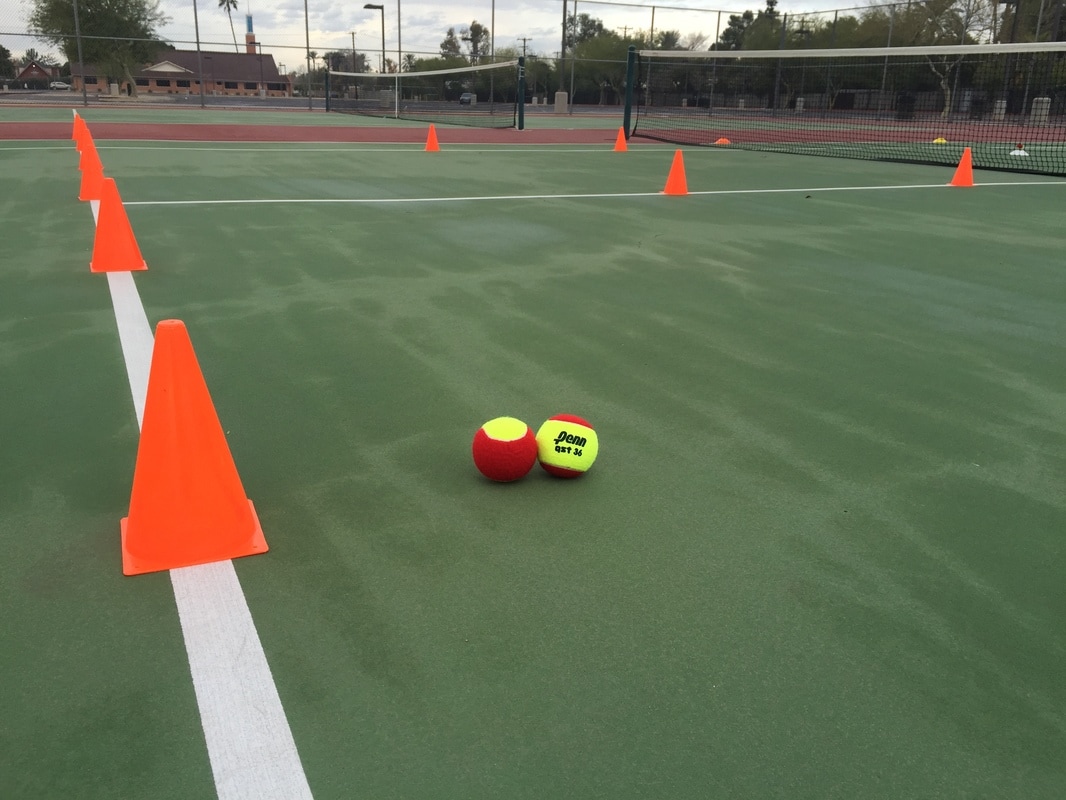
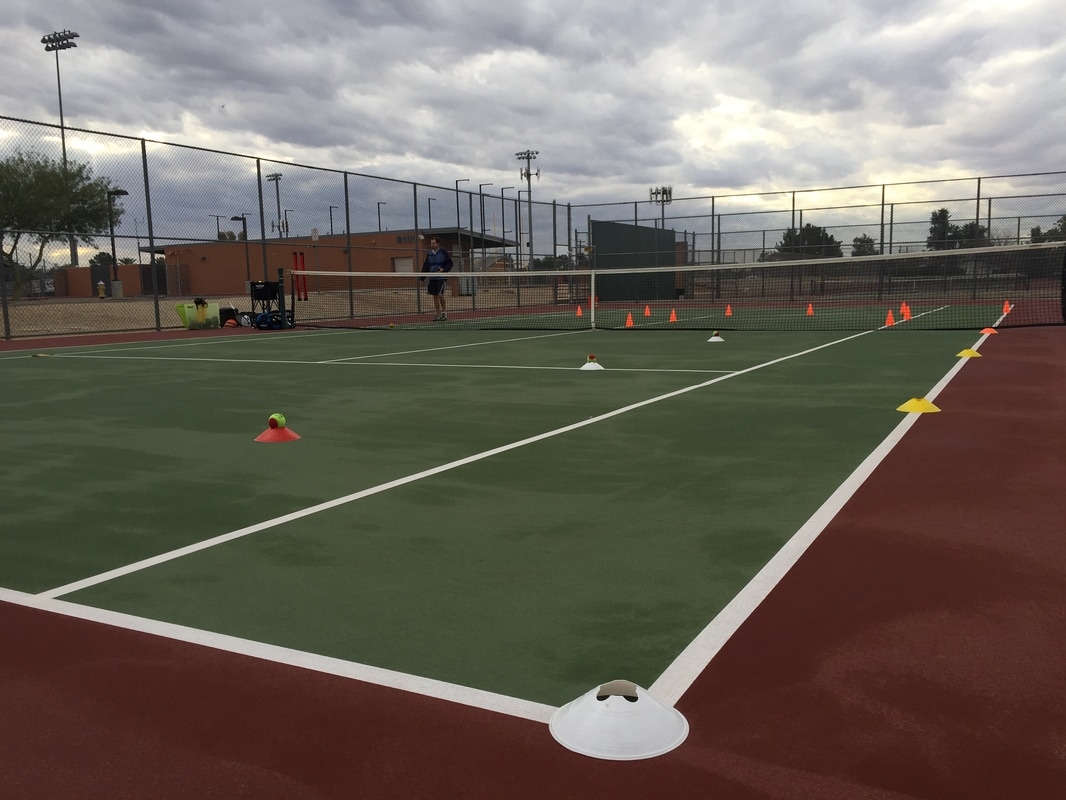
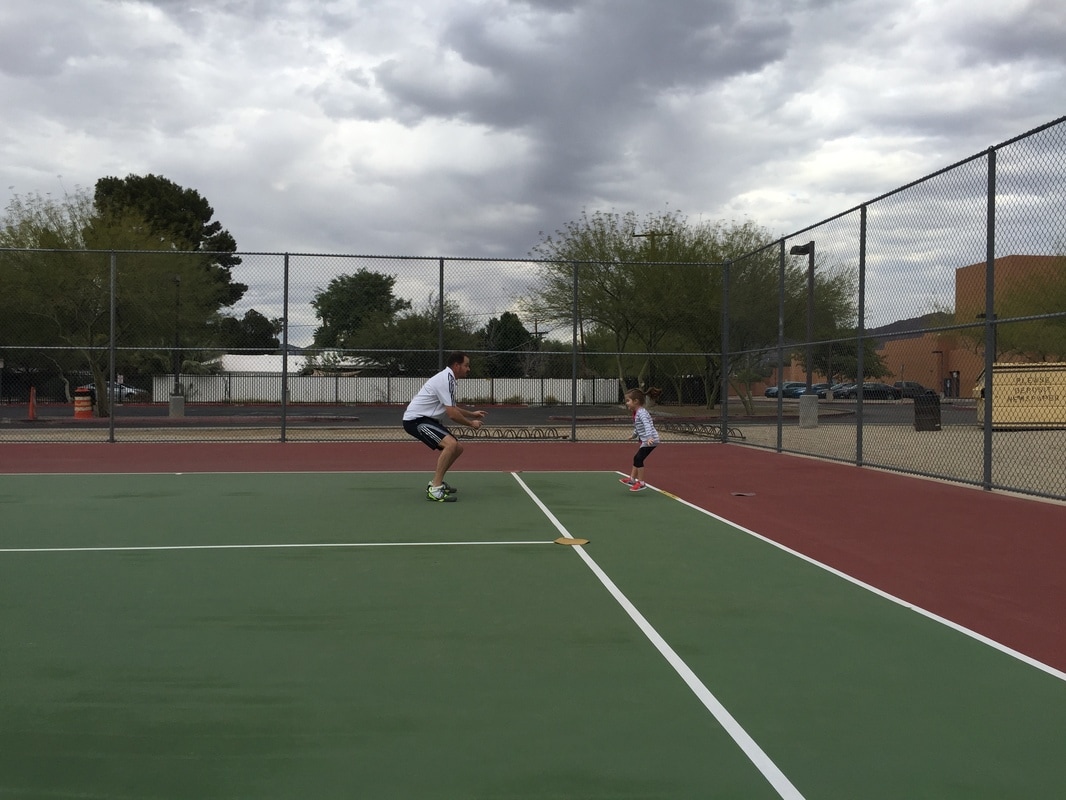
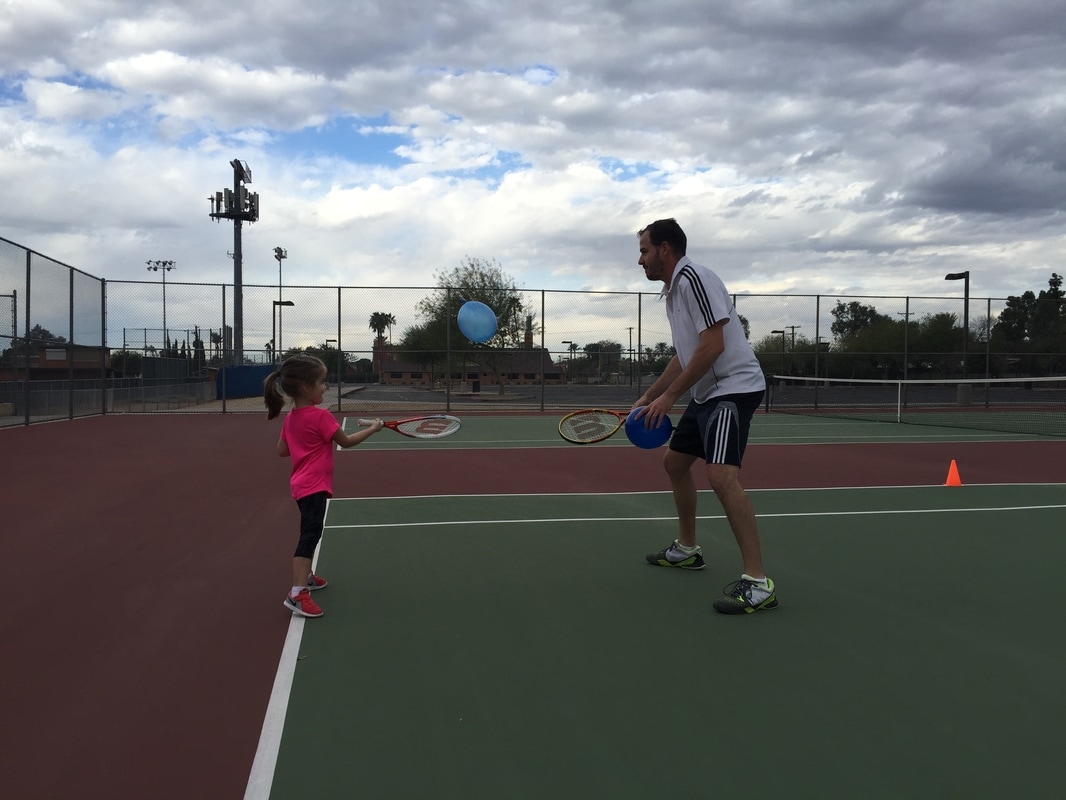
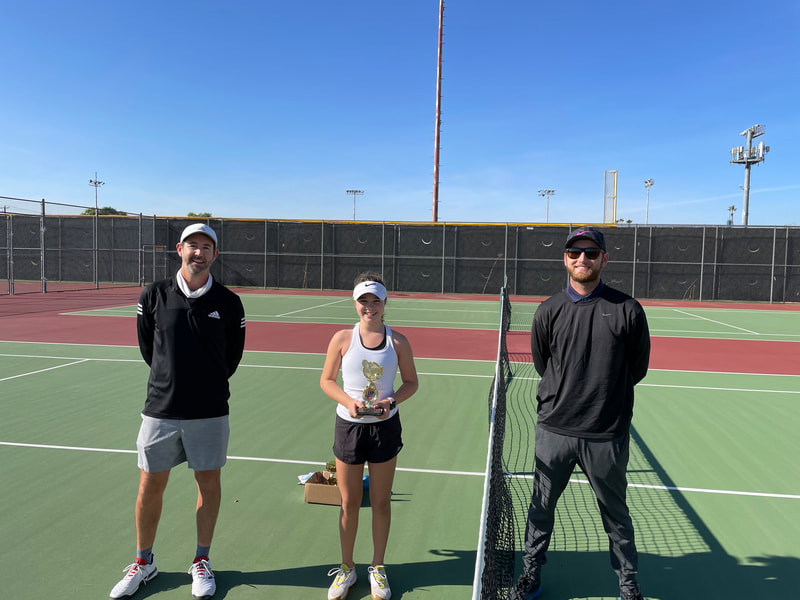
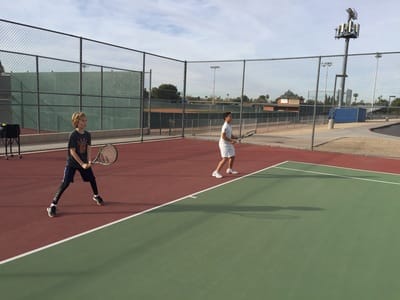
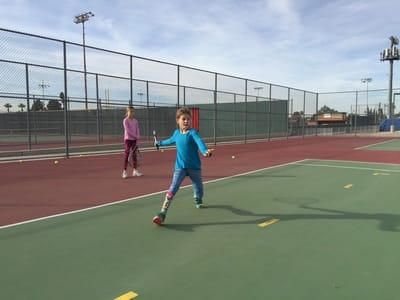
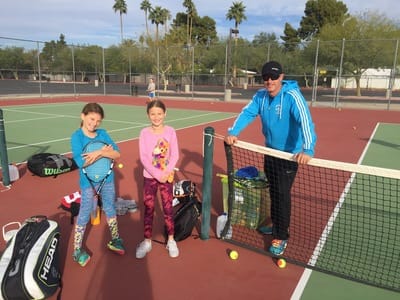
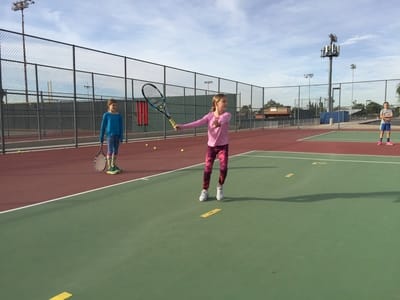
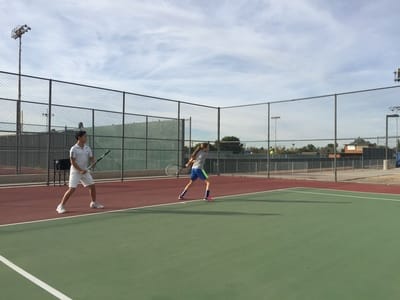
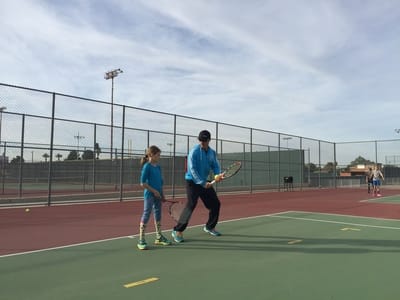
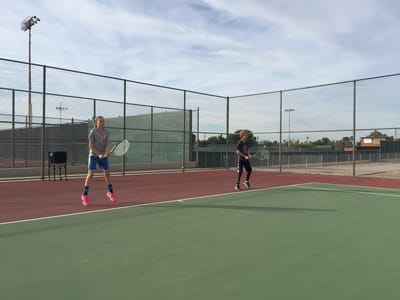
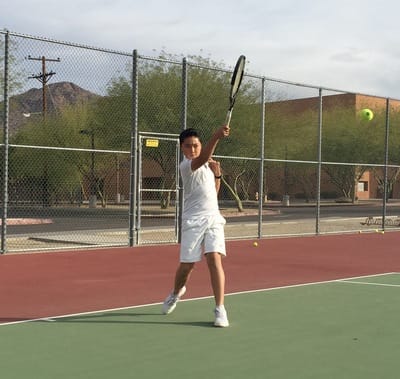
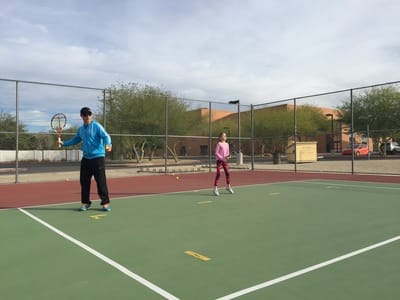
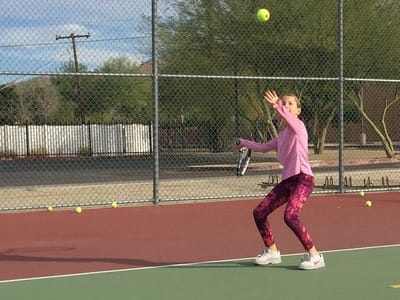
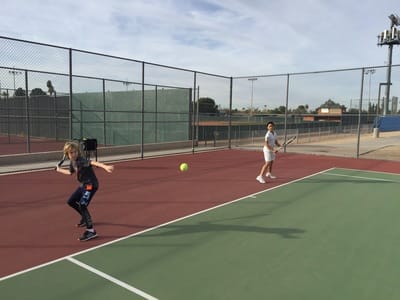
 RSS Feed
RSS Feed